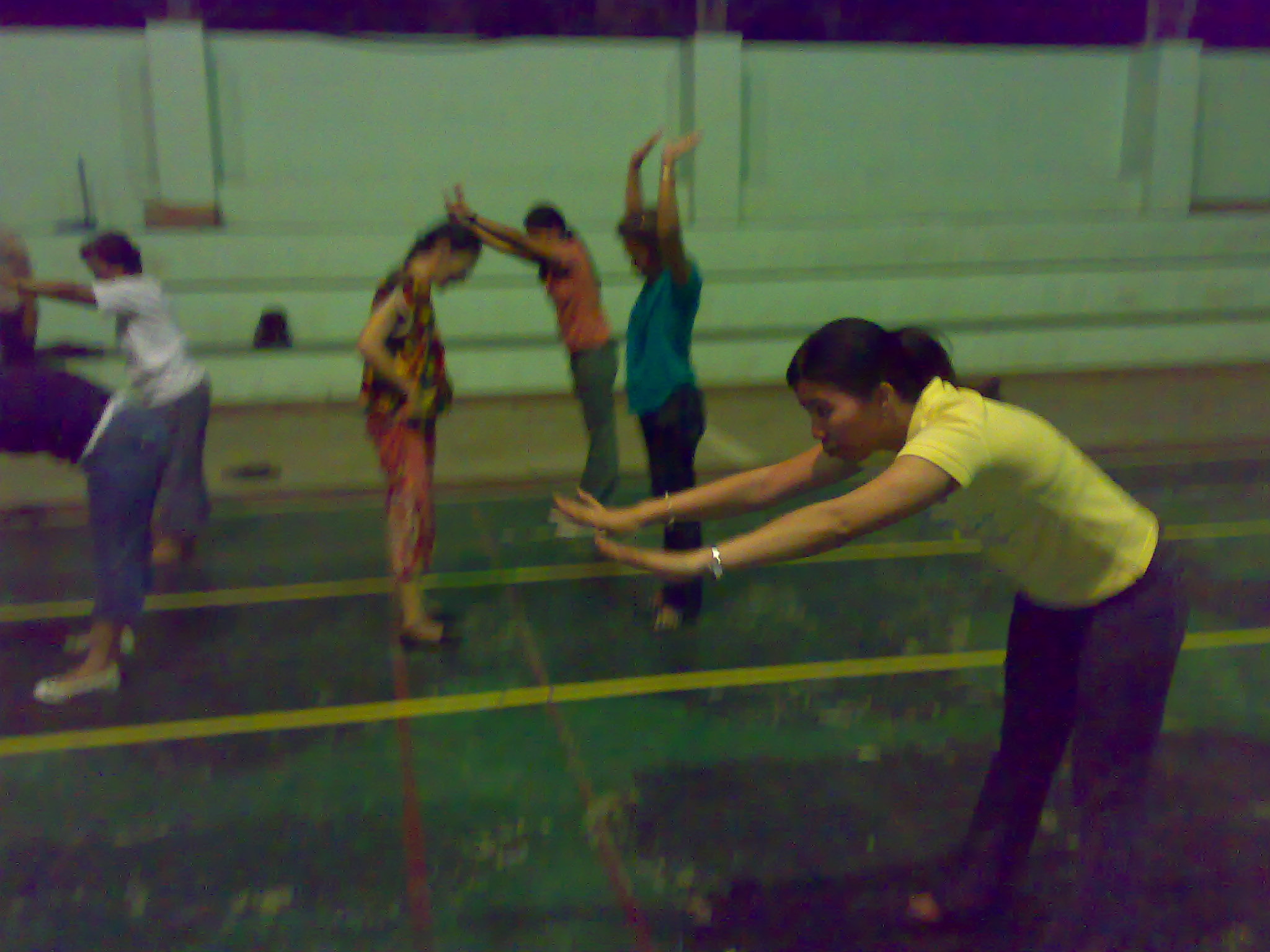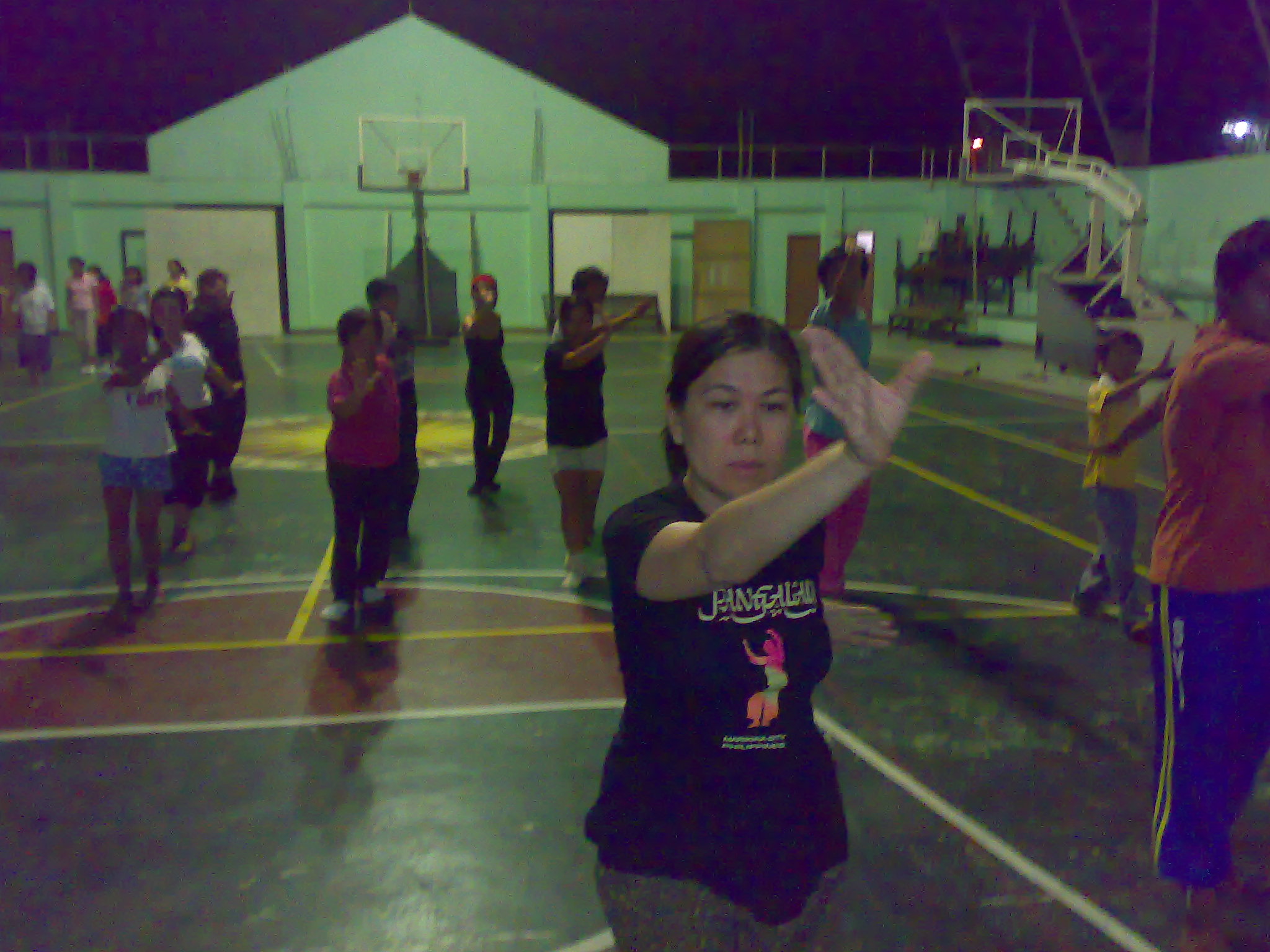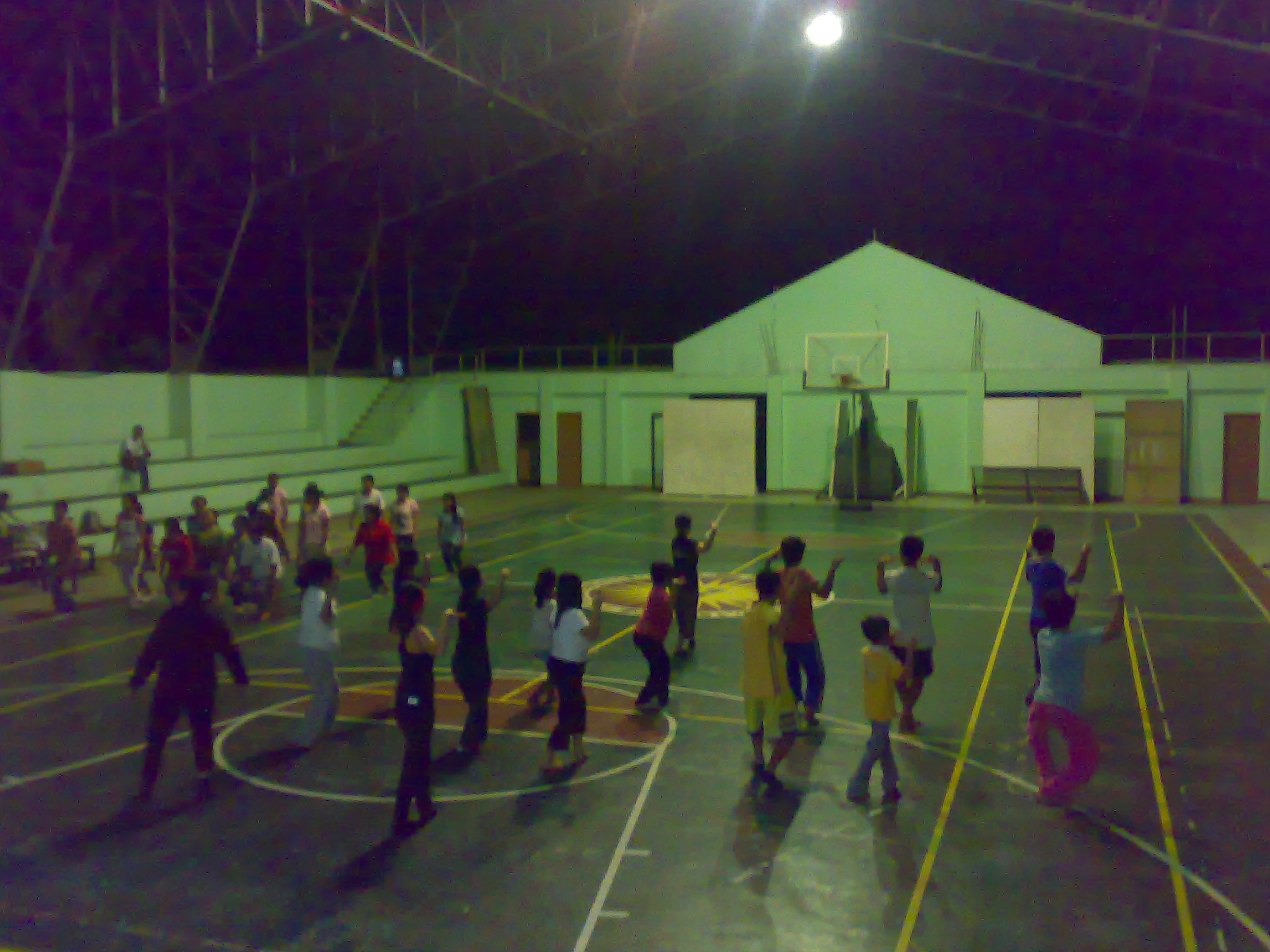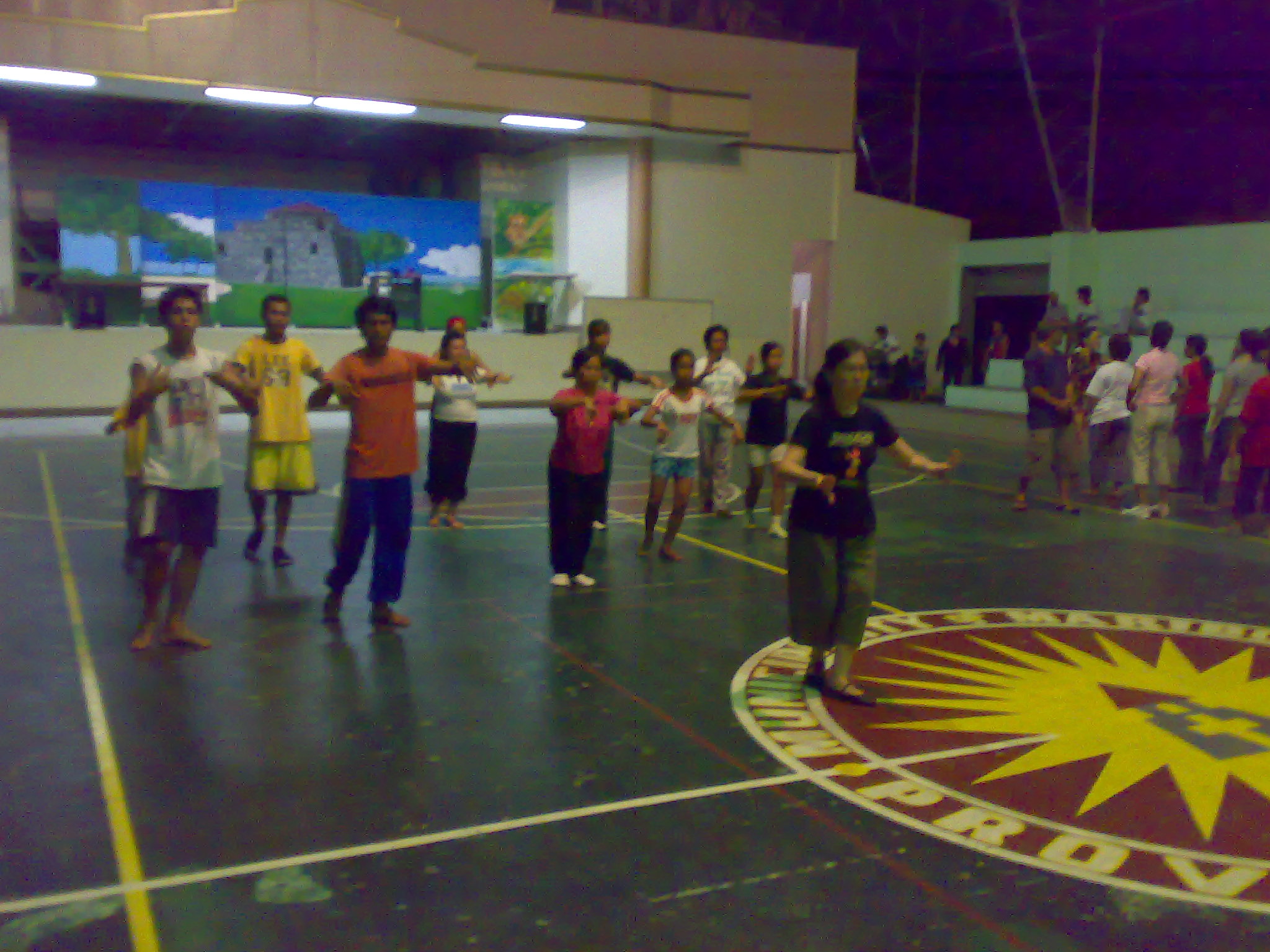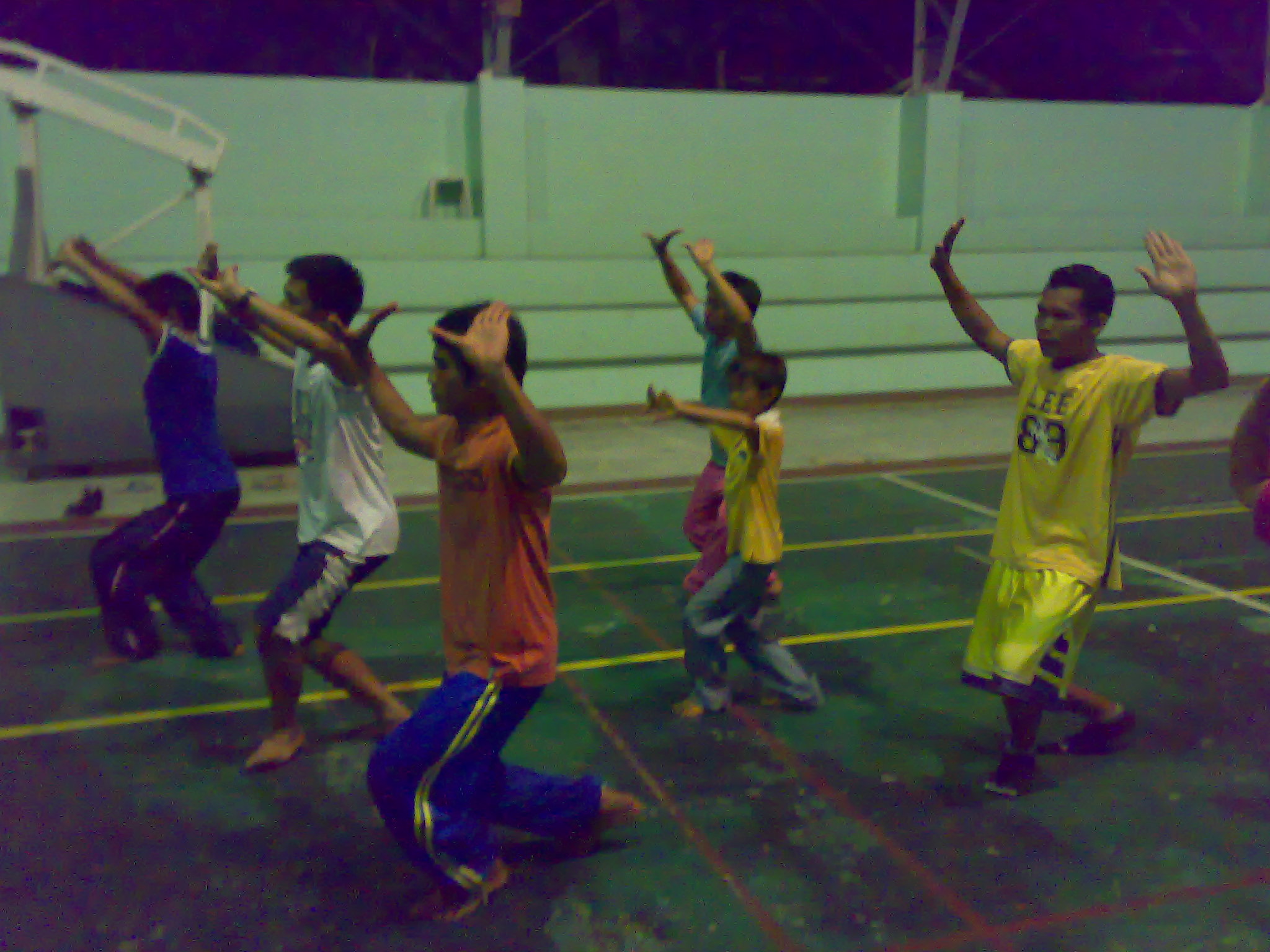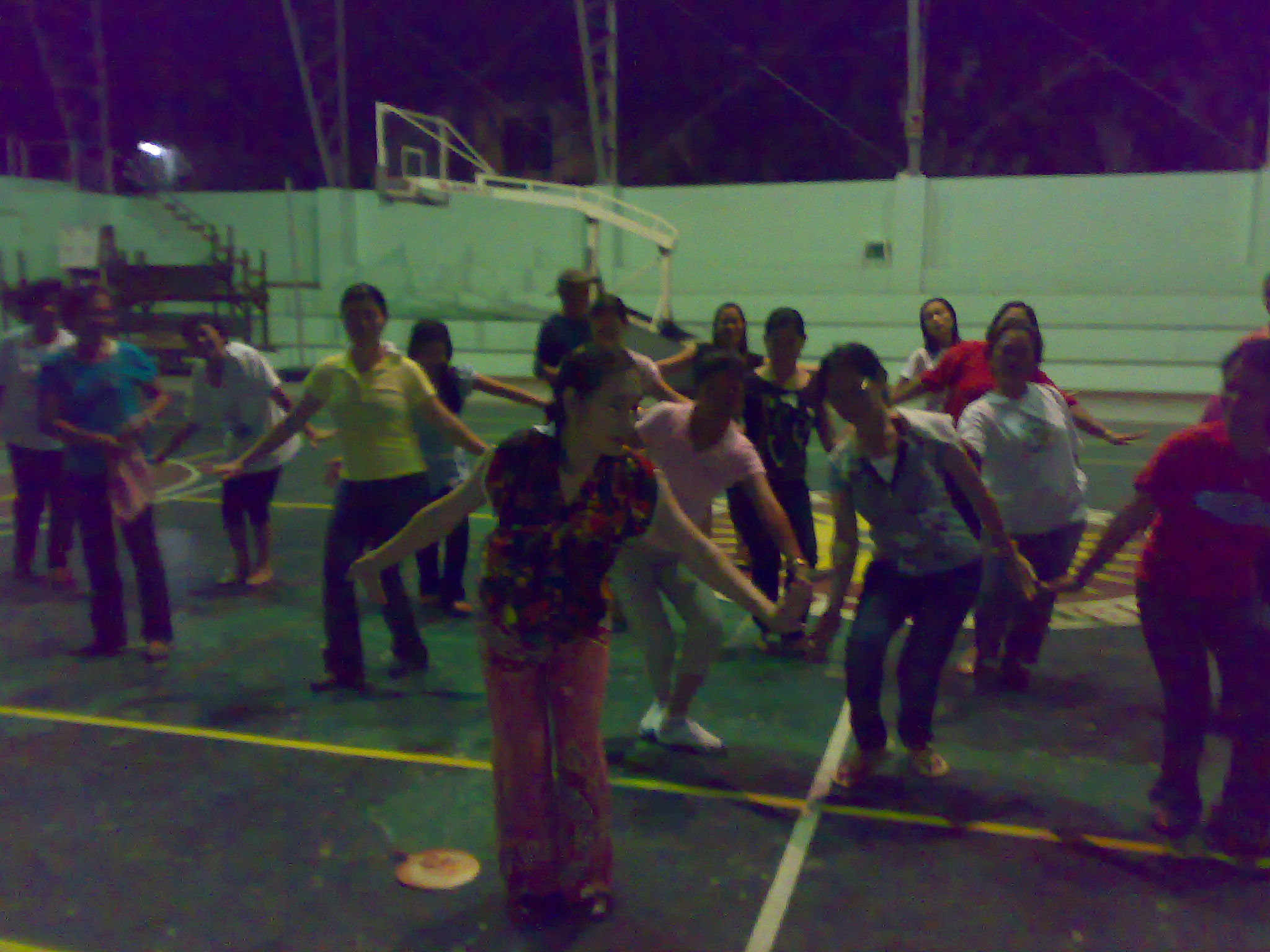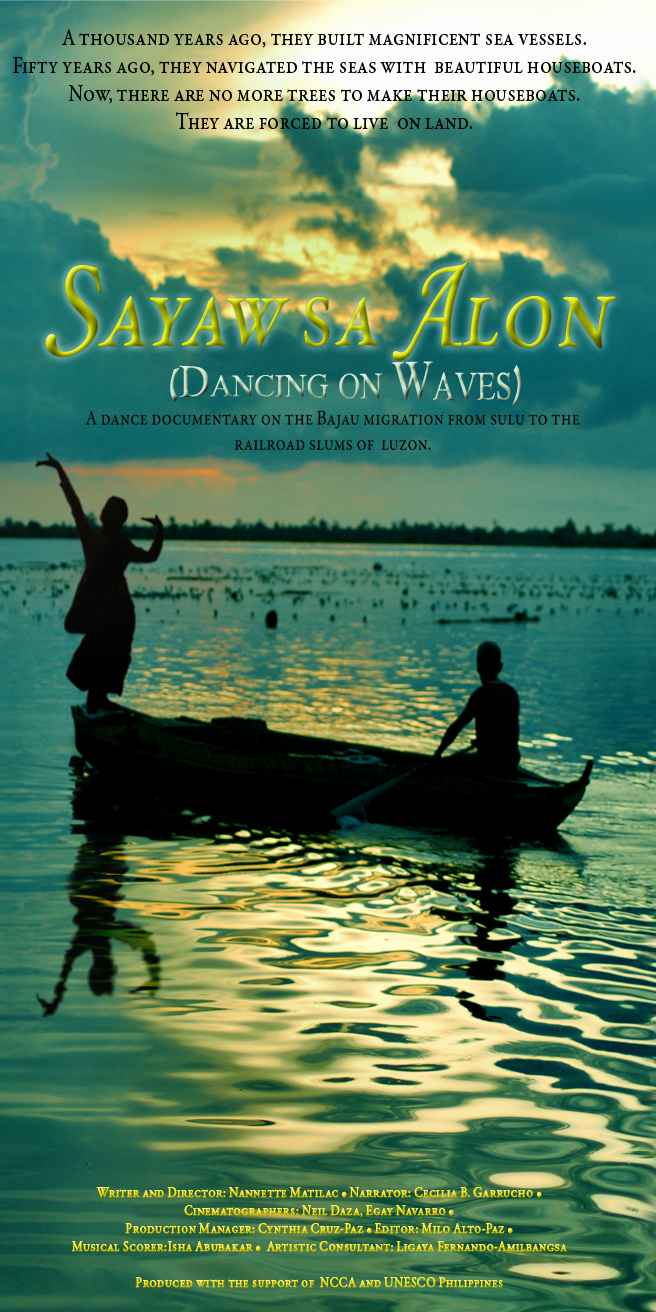By Raymund Marcaida
AlunAlun Dance Circle (ADC) arrived in Hanoi, Vietnam last May 28, 2009 with a two-fold mission: first, to present the Pangalay dance form to the Filipino Community based in Hanoi; second, to perform for the reception for the diploatic corps hosted by Philippine Ambassador to Vietnam Laura Quiambao Del Rosario. Both events were part of the celebration of the 111th Anniversary of the Declaration of Philippine Independence and the Philippine Heritage Month.
ADC had been fortunate to have been invited by Amb. Del Rosario as a result of an encounter with the ambassador and ADC’s Managing Director Ms. Nannette Matilac during an EU and Asia Europe Meeting conference in Hanoi last Dec 2008. Ms. Matilac mentioned about ADC’s advocacy, the promotion and preservation of Pangalay, an ancient but little-known Philippine dance style. Soon, the formal invitation from the ambassador came, along with the support from the National Commission on Culture and the Arts (NCCA). Ms. Ligaya Fernando Amilbangsa, co-founder and artisitc director of ADC, headed the eight-person delegation. The other members of the team were: CB Garrucho, Mariel Francisco, Punch Gavino, Rose Ann Jasareno, Nannette Matilac, Nini Matilac and this writer.
Hanoi is a very charming place, exuding with old world charm, teeming with colorful quaint shops, swarming with thousands of motorcycles. At the center of the city is the legendary Hoan Kiem Lake with its revered resident, the mythical turtle, that gave a magic sword to a brave leader who defeated the invaders .
ADC had two days to rehearse and to block the dances at the two venues: the Hanoi Press Club located behind the Metropole, the city’s most historical and luxurious hotel; and the Hanoi Sofitel, where the diplomatic event would be held.
Intuitively, Amb. Del Rosario suggested a rearrangement of the repertoire which turned out to be appropriate. Upon the ambassador’s suggestion, a new dance was added to showcase Pangalay’s versatility in adapting to Western classical music. The new dance was choreographed by Ms. Fernando to the music of Bach’s Air on G-String, right in the middle of the living room of the ambassador’s residence at the Sedona Suites facing the West Lake. (ADC delegation was billeted at the ambassador’s residence.) The newly choreographed dance was finished just before midnight, with the ambassador suggesting a thing or two on the choreography. Everyone was smiling and contented on the resulting piece of work. Thus, a new choreography was created. Its world premiere was on 1 June 2009 at Hanoi Sofitel Plaza.
The “Pista sa Hanoi” affair at the Hanoi Press Club was a typical Pinoy fiesta held indoor. Preparation was a labor of love by members of the Filipino Community who dressed up the hall with banderitas and native pahiyas arkos, complete with handmade flowers, fresh fruits and native handicrafts. For the first time, a Santacruzan was held around the block, with children and young adults parading in elegant gowns and tiaraed heads, holding symbolical objects from the bible.
Pista sa Hanoi was graced by the presence of artist Joey Ayala who performed with the passion of a poet, a nationalist and an environmentalist. In the spirit of creative collaboration, ADC danced to four of Ayala’s songs: “Magkabilaan”, “Walang Hanggang Paalam”, “Basta May Saging, Labing” and “Pasasalamat”. The ADC performance consisted of Pangalay being used in various musical forms, from a Lucio San Pedro lullaby classic “Sa Ugoy ng Duyan”, to traditional folk songs like “Sa Kabukiran” and “Paru-parong Bukid,” as interpreted by violinist Gilopez Kabayao; from novelty songs of Yoyoy Villame’s “Tsimis” and Ernani Cuenco’s “Kalesa, to Sampaguita’s rock classic, “Bonggahan.”
It is always a joy to perform for fellow Filipinos in a foreign land. Filipinos are always appreciative of anything that comes from the motherland, especially because they miss home. The ambassador herself, upon seeing Pangalay for the first time during the rehearsal, was teary-eyed and got homesick for the Philippines. Instantly, she knew that bringing Pangalay and ADC to perform in Hanoi was a right decision, the best!
Meanwhile, a lot of Filipinos were surprised upon learning that the dance is one of the indigenous dances of the Philippines. Positive comments from the audience, both from Filipinos and foreigners alike, affirmed what the Philippine ambassador felt for Pangalay. Ambassador Del Rosario was elated to learn of the favorable reviews from the international community.
The AlunAlun Dance Circle takes pride in promoting Philippine culture within the country and abroad. The ADC Cultural Mission to Hanoi will alway bring back fond memories of the warm hospitality of Ambassador Laura Q. Del Rosario and the Filipino Community, the warm reception of the diplomatic corps, Ha Long Bay cruise and shopping at Hang Gai and To Tich streets of the Old Quarter.
